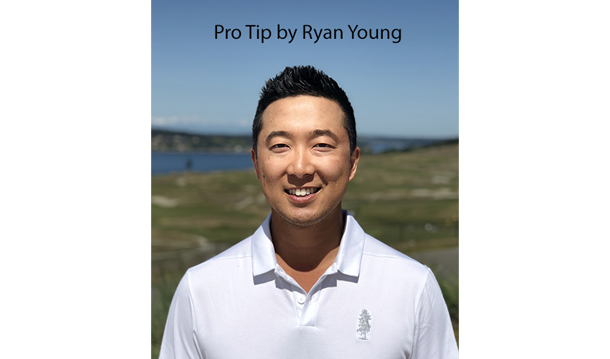Tickets on sale for LPGA major event at Sahalee
Photo by Scott Bisch

The off-season is here and so being the time to implement major swing changes. Before the PGA Tour created the wrap-around season, most tour players spent the off-season making any swing changes they believed necessary to help them perform better the following year. I recommend mirroring this strategy, especially if you are busy competing in tournaments or hate losing a few dollars to your buddies during the regular season.
Before you start, I have a few thoughts for you to consider. What are your long-term goals with this game? If your goal isn’t to compete at a high level, then just play and have fun. Golf is so much more than a swing and a scorecard. Do you have a PGA Coach that you trust and can communicate with? Major swing changes require constant attention and support. You can’t just have a “one and done” lesson and expect to create a major change. Are you mentally ready? When it comes to major swing changes, the saying is true – you will have to take a couple steps backwards before you move forward. Sometimes this means being okay topping the ball for a while before the correct changes happen.
Still motivated? Then let me line out the timeline you should expect, the two phases you’ll go through, and some pro tips along the way…
Phase 1 – The Conscious: Left Brain – Depending on how major the swing changes are and how much time you have to hit the range, this phase should take you anywhere from two weeks to two months.
Week/Month One is going to be very mechanical. I suggest breaking down each segment of your swing to understand how the changes affect your set up, takeaway, top of your swing, transition, downswing, impact, and finish.
Week/Month Two should be spent simplifying the segmented changes. I suggest merging each swing thought associated with each position into one or two swing thoughts. For example, you may try to get into a certain position on your back swing and then a certain position at impact – “Hinge and Hold.”
I recommend spending 2-3 days on the range and then go play some practice holes. No need to keep score, your goal is to see how each successful swing and your new misses translate to the course. Be sure to take notes for your next range day and lesson with your coach.
Editor’s note: This is the Phase 1 of a two-part lesson column from Ryan Young, the Director of Instruction at Chambers Bay. Look for Phase 2 in the January issue of Inside Golf Newspaper.